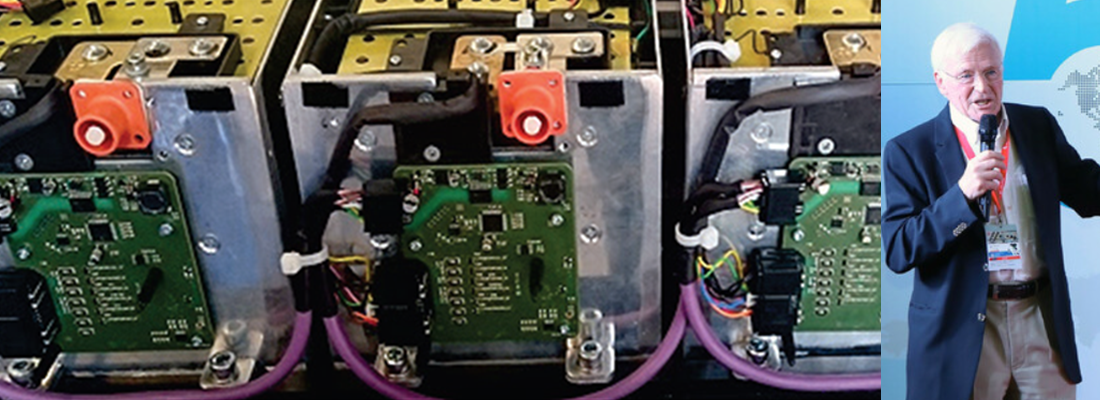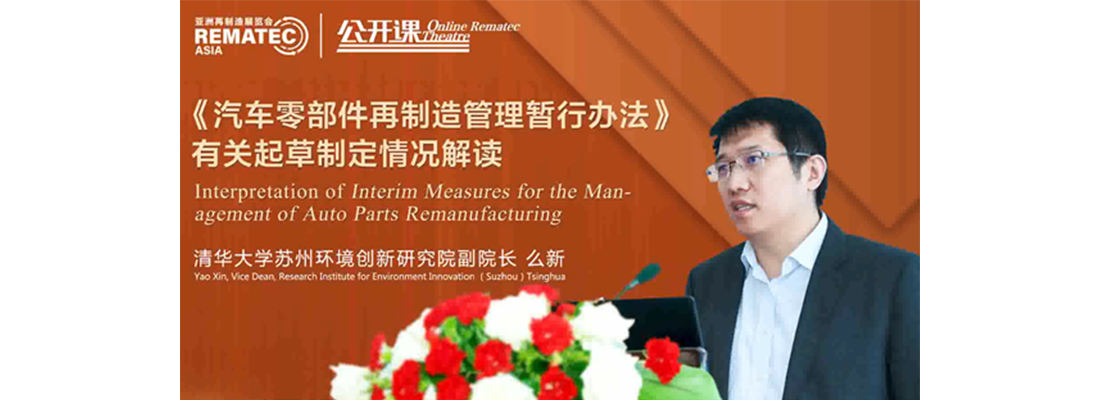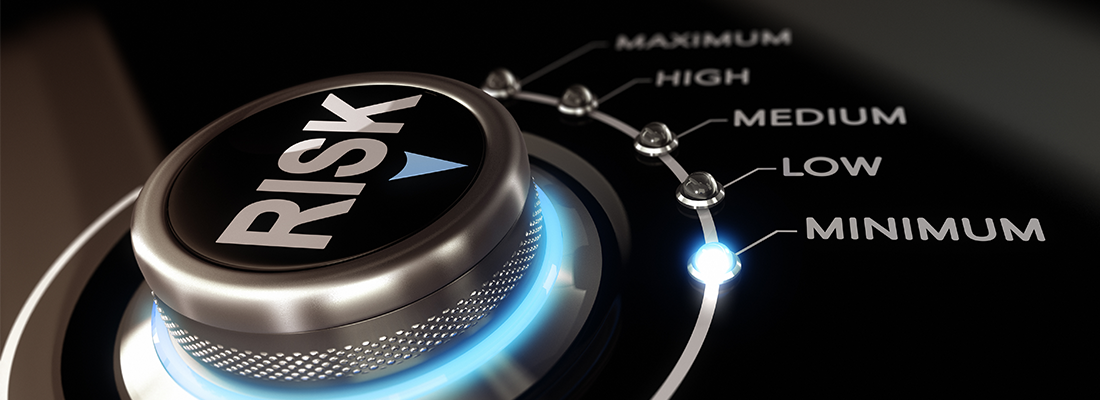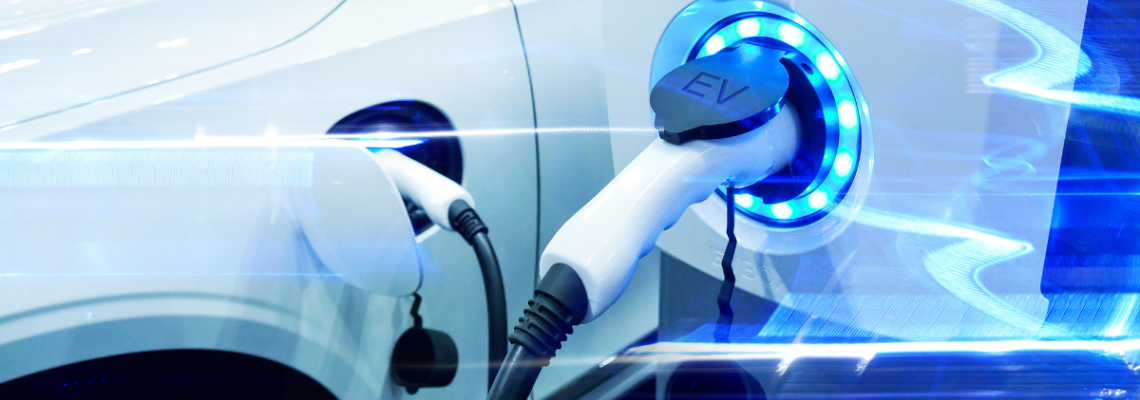EVs and Charging Systems – part one
Rematec Amsterdam 2025 is almost here, and many topics of particular interest and timeliness that the world of remanufacturing and the automotive industry in general is currently facing will be addressed. At Rematec Amsterdam 2025 we will tackle these issues with our guests, companies, exhibitors, decision-makers, strategists, remanufacturers, research institutions, and industry experts. One of the most important topics that we will cover on the rematec.com columns and during the event will be the development of remanufacturing for EVs and the charging systems technology.
Let's start with an overview of the world of electric cars and how remanufacturing can and must face the challenge with this new technology.
Enjoy the read, and see you at Rematec 2025!
EVs, the new challenge of automotive
In recent years the boom and spread of electric vehicles has been necessary mainly to deal with the pollution caused by emissions of endothermic motor vehicles (ICVs) - petrol but even more so, diesel. Although the technology in recent decades has significantly improved the performance of endothermic engines, both in terms of consumption but above all of harmful emissions, the European Parliament decided to ban the sale of new petrol and diesel cars as of 2035, speeding up Europe’s shift towards electric vehicles (EVs). The fateful date of 2035 is drawing nearer and nearer, however, the decision to ban the production and sale of new cars with internal combustion engines in the EU from that date is no longer so certain. While the spread of BEVs is now inevitable, in fact, their success varies from nation to nation for commercial, logistical, and geopolitical reasons. Especially in Europe, the BEV market is currently in a phase of stagnation, and, according to recent news, the EU seems to be reconsidering the ban on ICE vehicles by 2035, with plans to allow plug-in hybrids, range extender and e-fuels vehicles.
But what could the impact of all this be, in the aftermarket field, mainly in "remanufacturing"? What are the business prospects with electricity?
Remanufacturing battery
The remanufacturing of batteries and other components of electric vehicles represents a key aspect of the circular economy, enabling the reuse of parts that would otherwise be discarded, along with the associated energy consumption and material waste. This approach benefits customers by reducing costs, the environment by minimizing the ecological footprint, and the community by lowering pollutant emissions and improving public health. However, such remanufacturing must adhere to strict quality, reliability, and safety standards. A significant challenge lies in accessing the sensitive technical information needed to remanufacture batteries, as manufacturers often withhold this data due to patents or trade secrets.
However, OEMs must adhere to Regulation (EU) 2018/858 of the European Parliament and Council. Working with high-voltage and chemically hazardous equipment, for example, requires highly skilled technicians and specialized tools. As a result, car manufacturers are obligated to implement protocols and quality standards while enabling independent companies to safely remanufacture, repurpose, and recycle EV batteries. This contributes to build another essential pillar of the circular economy, which has become indispensable for the well-being of our planet and its people.
Remanufacturing the engine and components of an EV requires a different skill set compared to ICVs. Consequently, remanufacturers must stay up to date with new technical advancements and immediately begin studying and researching these evolving systems and their components. Battery reuse, remanufacturing, and recycling are essential elements of the circular economy, playing a critical role in minimizing the environmental impact at the end-of-life stage.

Remanufacturing involves processing materials to make them usable for the same or alternative purposes. When it comes to EV components like batteries, electric motors, and power electronics, the approach differs significantly from remanufacturing ICE vehicle components. While you cannot fully “remanufacture” an EV battery in the strictest sense, it is possible to restore the battery pack to align with the OEM's original State of Health specifications, considering its age and usage.
The process consists of three key steps:
Step 1 – Repair and remanufacture. After safe recovery, the battery pack is repaired or remanufactured and returned to an electric vehicle.
Step 2 – Replace modules with new modules. 2nd Life Use - if modules do not meet automotive SOH standards, they can be used to make battery packs for non-automotive applications (e.g., solar energy storage).
Step 3 - Recovery of raw materials for use in new battery packs.
A new chance of business
Lastly, another important aspect to consider for embracing the electric vehicle manufacturing business with full optimism is the new opportunities it creates. Industry experts and CEOs of automotive and component manufacturing companies have already highlighted a significant global employment potential emerging from the transition to electric vehicles.
Technicians who have traditionally focused on the production and remanufacturing of internal combustion vehicles (ICVs)—which include numerous components not found in BEVs, such as gearboxes, clutches, fuel tanks, pumps, sensors, fuel filters, oil filters and pumps, radiators, engines, and their related parts—are now being tasked with adapting to the new technologies associated with electric vehicles. This shift has created an innovative scenario requiring the development of new skills and expertise through refresher courses. These courses equip technicians to manufacture and remanufacture BEVs, which have fewer and fundamentally different components compared to ICVs. As a result, technicians are becoming increasingly specialized and well-prepared to support the ecological transition.
The appointment is for the second part of this study, which will concern the development and functioning of different charging systems for electric cars.





